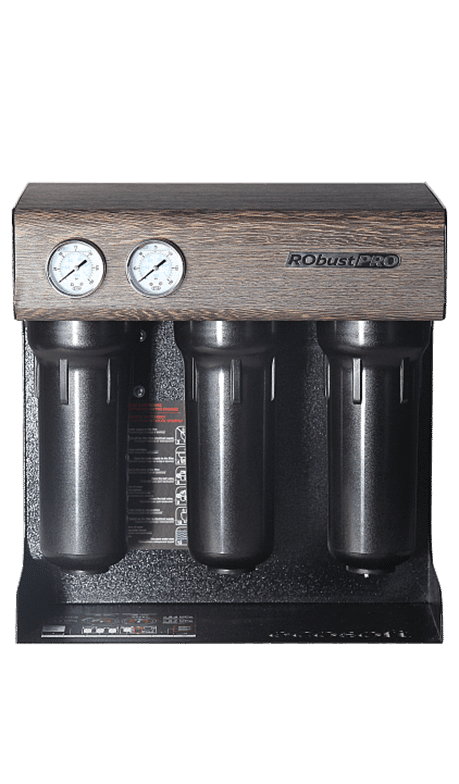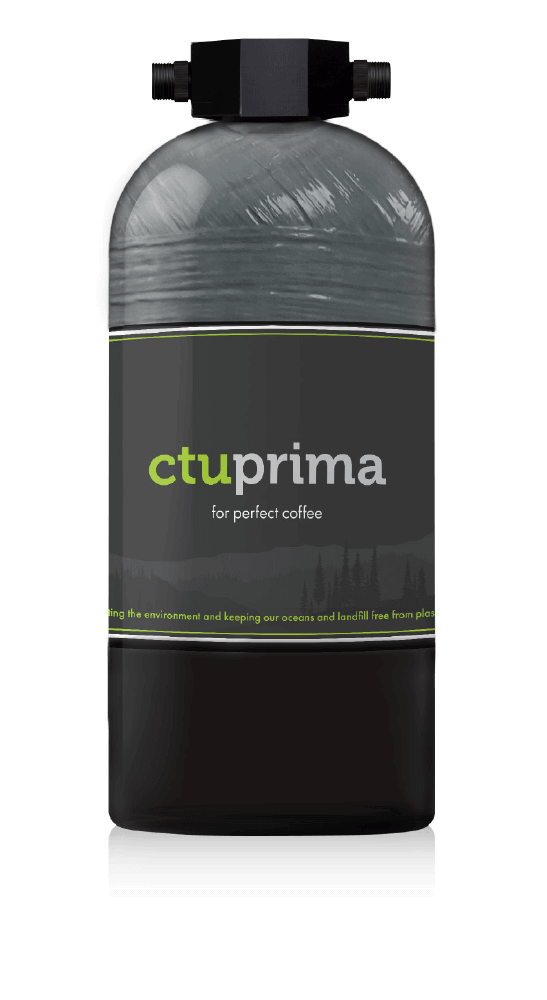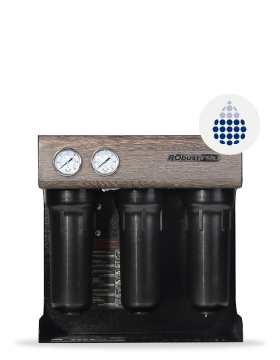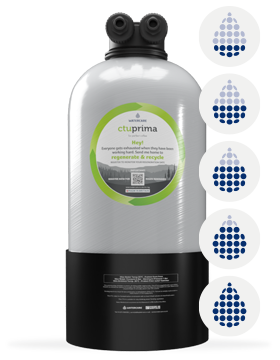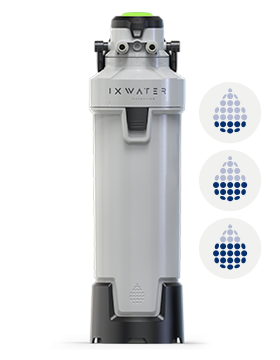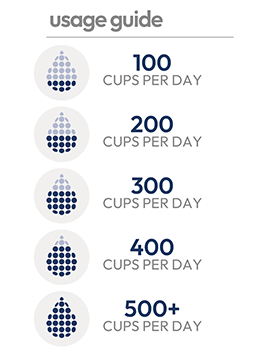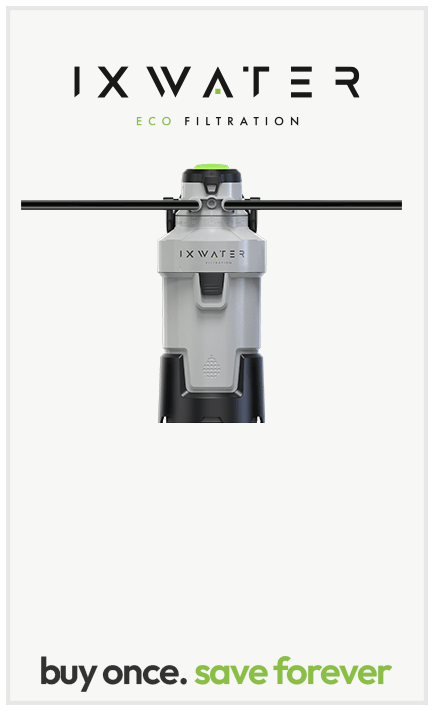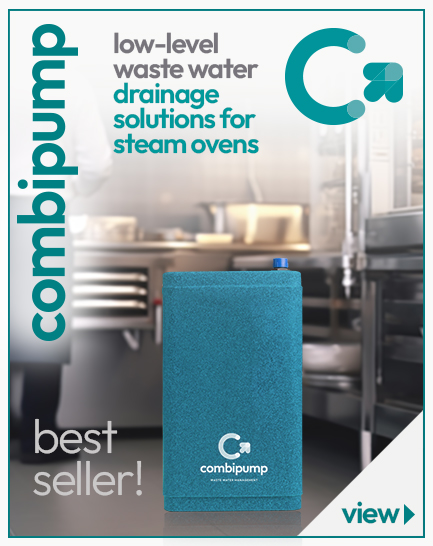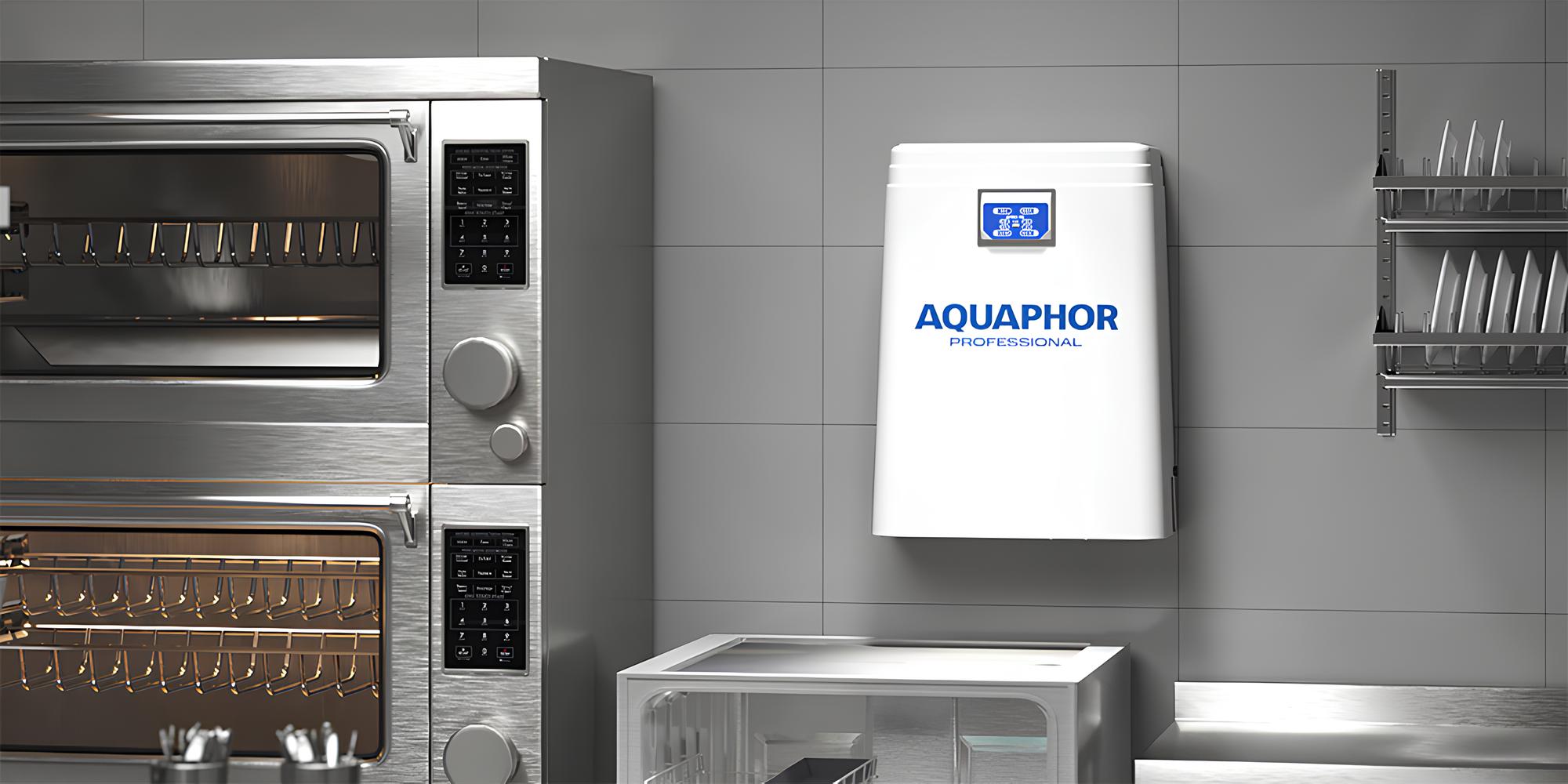
reverse osmosis units
AquaPhor Commercial Solutions.
Discover WaterCare’s innovative AquaPhor range of commercial reverse osmosis units – the ideal solution for delivering high-quality, purified water to meet your business’s needs. Whether you operate in hospitality, healthcare, manufacturing, or the foodservice industry, our state-of-the-art reverse osmosis systems ensure consistent water purity, improved efficiency, and reduced operational costs.
what are reverse osmosis units?
Reverse osmosis units (RO units) are advanced water purification systems designed to remove up to 99% of impurities, including contaminants like dissolved solids, chlorine, heavy metals, and bacteria. Using a semi-permeable membrane, these units ensure only clean, purified water passes through while rejecting unwanted particles, making them a reliable solution for businesses requiring top-quality water.
The benefits of reverse osmosis technology include:
Improved water taste and quality
Extended equipment lifespan by reducing scale buildup
Cost savings on maintenance and repairs
Energy-efficient purification process
why choose WaterCare’s AquaPhor RO units?
WaterCare’s AquaPhor range of commercial reverse osmosis units is designed for reliability, efficiency, and performance. Engineered with cutting-edge filtration technology, these units are tailored to businesses requiring purified water at scale.
Key Features of AquaPhor Commercial RO Units:
High Filtration Efficiency: AquaPhor units use advanced membranes that filter contaminants down to 0.0001 microns, ensuring superior water purity.
Robust Design for Commercial Applications:
Built to withstand rigorous commercial demands, these systems are ideal for industries such as:
Restaurants & Cafes
Breweries & Food Production Facilities
Hotels & Spas
Hospitals & Laboratories
Compact and Space-Saving: AquaPhor reverse osmosis units are designed with a small footprint, allowing easy integration into any workspace.
Energy-Efficient: OperationReduce water waste and energy consumption with AquaPhor’s eco-friendly design.
Low Maintenance Requirements: Our RO systems are equipped with durable components and user-friendly maintenance features, reducing downtime and ongoing costs.
Aquaphor range includes:
APRO-100 – Up to 100 litres per hpur
APRO-100-PRO – Up to 100 litres per hour
APRO-120 – Up to 120 litres per hour
APRO-1-500 – Up to 500 litres per hour
APRO-1000 – Up to 1000 litres per hour
benefits of AquaPhor reverse osmosis systems
Benefits of AquaPhor Reverse Osmosis Units for Your Business
Choosing AquaPhor commercial RO units ensures:
Purified Water Quality: Deliver clean, consistent water that improves the taste and safety of beverages, food, and other products.
Reduced Scale Buildup: Protect your equipment, including dishwashers, coffee machines, and steamers, from damaging limescale.
Cost-Effective Operations: Lower energy consumption and minimise costly equipment repairs.
Sustainability: AquaPhor’s reverse osmosis systems are designed to conserve water and reduce environmental impact.
applications of commercial RO systems
Foodservice & Hospitality
From brewing the perfect cup of coffee to ensuring crystal-clear ice, reverse osmosis units are a must-have for restaurants, cafes, and hotels.
Healthcare & Laboratories
Achieve the high purity standards required for medical facilities, pharmaceutical production, and scientific research.
Manufacturing & Industrial Facilities
Improve product quality, reduce corrosion in equipment, and optimise manufacturing processes with purified water.
why partner with WaterCare?
At WaterCare, we specialise in delivering premium water purification solutions tailored to your commercial needs. Our AquaPhor reverse osmosis units are backed by:
Expert consultation and system design
Professional installation and support
Ongoing maintenance services to keep your system performing optimally
With years of experience and a commitment to quality, WaterCare is your trusted partner for reverse osmosis units that enhance operational efficiency and water quality.
WaterCare—Delivering Excellence in RO Water Purification.



